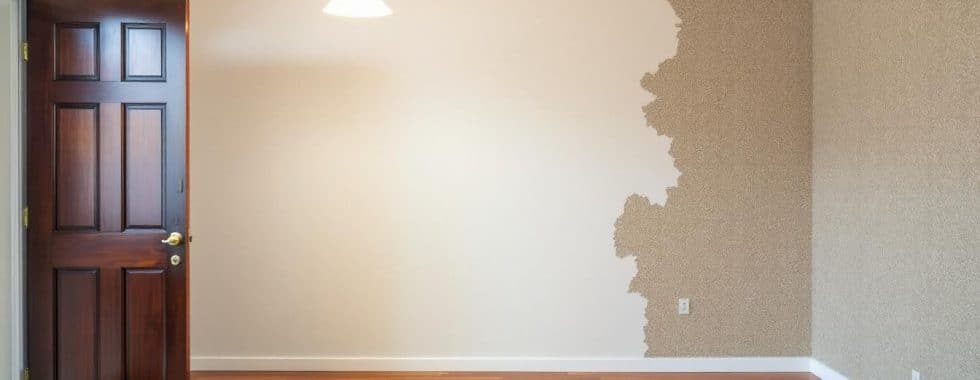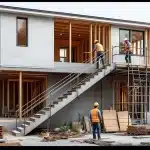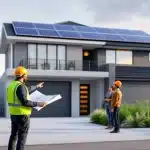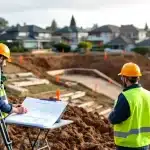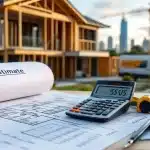Renovating a 1970s Home: Tips for Modern Updates
Transforming a 1970s house into a modern living space is an exciting challenge. At Cameron Construction, we’ve seen firsthand how these homes can be revitalised with the right approach.
Our guide to 1970s house renovation will walk you through key considerations, from preserving iconic features to incorporating contemporary design elements. Get ready to breathe new life into your retro residence while maintaining its unique character.
How to Plan Your 1970s Home Renovation
Identifying Architectural Treasures
Your 1970s home holds unique features that define its era. Look for split-level designs, sunken living rooms, or expansive windows. These elements can become focal points in your modern design. Those iconic wood panelling walls? A fresh coat of paint transforms them into stunning accent walls.
Evaluating Structural Integrity
Professional inspection is a must before any renovation begins. A thorough structural assessment will reveal potential issues. Watch out for asbestos, a common material in 1970s homes. Professional removal is essential for safety.
Don’t overlook the electrical system. Many 1970s homes can’t handle modern power demands. An electrical panel upgrade (costing between $500 to $4,000) is a worthy investment for safety and functionality.
Creating a Realistic Budget
Money matters in renovation. Create a detailed cost spreadsheet. Include a 20% buffer for unexpected issues (they always appear). Factor in permit costs, which vary based on location and project scope.

Deciding on Elements to Keep or Replace
This step brings excitement to your renovation journey. That avocado green bathroom might need an update, but terrazzo floors are making a comeback and could become a unique selling point.
Consider energy efficiency upgrades. It’s an investment with long-term benefits.
Balancing Modern Updates with Original Character
A successful renovation strikes a balance between contemporary updates and the home’s original charm. This balance creates homes that are both functional and full of personality. (Hint: professional renovators excel at finding this sweet spot.)
As you move forward with your renovation plans, the next crucial step is to focus on modernising your home’s interior. Let’s explore how to transform your living spaces while preserving the unique character of your 1970s home.
How to Modernise Your 1970s Interior
Transforming a 1970s home into a 21st-century living space requires strategic updates and thoughtful planning. Here’s how you can bring your retro interior into the modern era:
Open Up Your Living Spaces
The closed-off rooms typical of 1970s homes often feel cramped by today’s standards. Create an open-concept layout to dramatically change the feel of your home. This improves flow and allows natural light to penetrate deeper into your home. Renovations will focus on upgrading comfort and energy efficiency, adding space, improving layout and orientation, and improving indoor/outdoor flow.
Consult a structural engineer before you knock down walls. They’ll ensure your plans won’t compromise the integrity of your home. (Expect to pay between $300 and $800 for this consultation, but it’s an essential step for safety and peace of mind.)
Revamp Your Kitchen
The heart of the home deserves special attention. Replace outdated appliances with energy-efficient models. ENERGY STAR certified refrigerators use about 15% less energy than non-certified models, potentially saving you $200-$1,100 on energy costs over the appliance’s lifetime.
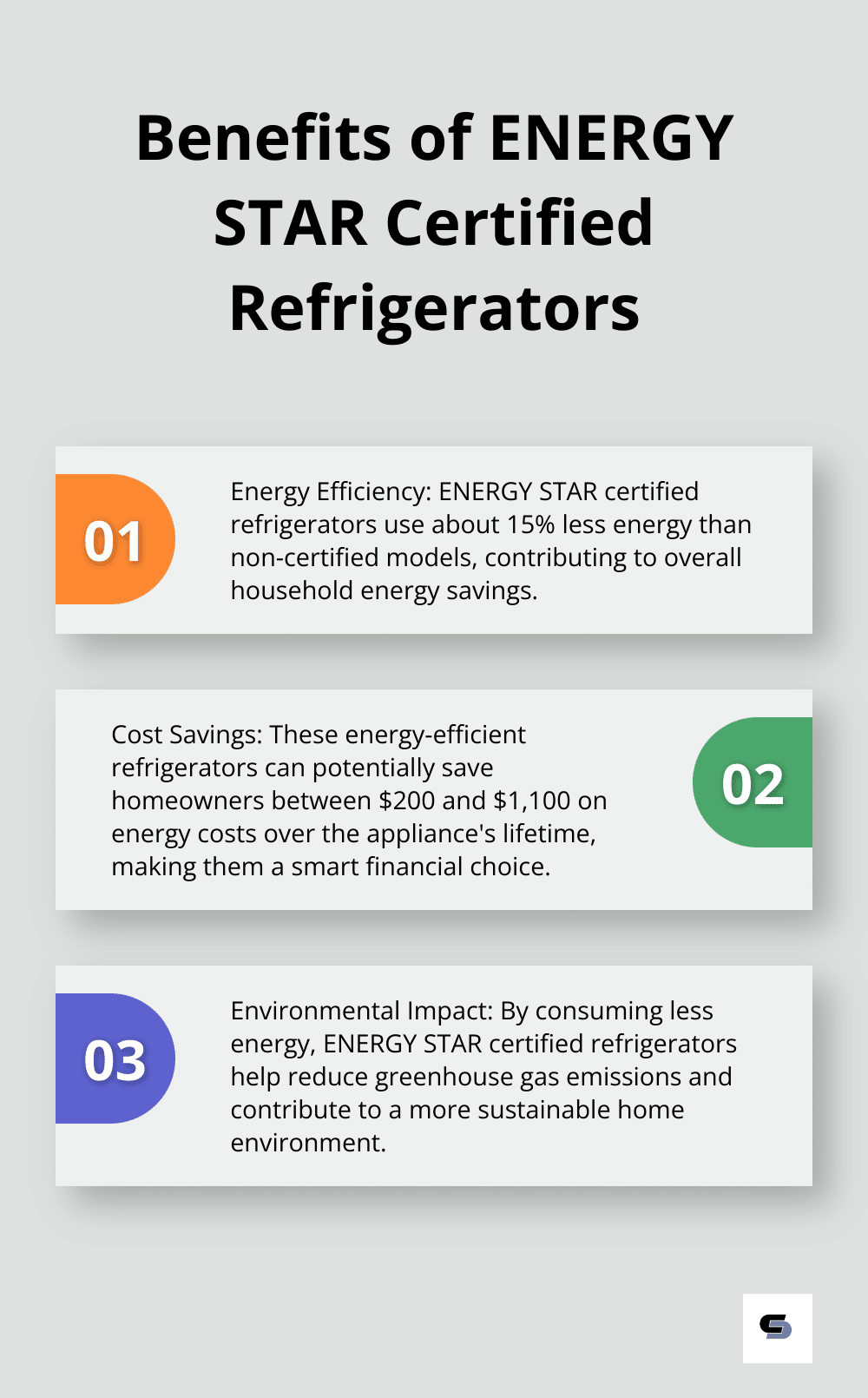
Update your cabinetry to give your kitchen a fresh look. If your budget is tight, reface existing cabinets instead of replacing them entirely. Add a modern splashback and update your benchtops to complete the transformation. Quartz benchtops offer durability and style, with prices ranging from $50 to $200 per square foot installed.
Transform Your Bathroom
Bathrooms from the 1970s often feature bold colours and outdated fixtures. Start by replacing old toilets with water-efficient models. WaterSense labelled toilets can reduce water used for toilets by 20 to 60 percent, saving nearly 13,000 gallons per year for the average family.
Update your vanity and mirror to create a more modern aesthetic. Consider a floating vanity to create the illusion of more space in smaller bathrooms. Don’t forget about lighting – use a combination of ambient, task, and accent lights to dramatically improve the functionality and atmosphere of your bathroom.
Upgrade Your Lighting and Electrical Systems
Proper lighting can make or break your interior design. Replace outdated fixtures with modern alternatives that complement your new aesthetic. Add dimmer switches to create versatile lighting options for different times of day and activities.
Updating your electrical system is important for safety and functionality. Many 1970s homes weren’t designed to handle today’s electrical demands. Upgrade your electrical panel to at least 200 amps to accommodate modern appliances and electronics. (This upgrade typically costs between $1,500 and $4,000 but is essential for a safe, modern home.)
Modernising your 1970s interior balances contemporary updates with the unique character of your home. Whether you tackle a DIY project or seek professional help, these updates will breathe new life into your retro residence. As you focus on the interior, don’t forget about the exterior of your home. The next chapter will explore how to enhance your home’s kerb appeal and energy efficiency through exterior updates.
How to Boost Your Home’s Kerb Appeal
Revamping your 1970s home’s exterior creates a stunning first impression. Here’s how you can elevate your home’s kerb appeal:
Refresh Your Exterior Paint
A fresh coat of paint can dramatically change your home’s appearance. Choose colours that complement your neighbourhood while making your house stand out. A Zillow survey reveals the best paint colours to sell a house to attract more prospective buyers – and potentially higher offers.
Update dark earth tones with lighter, more contemporary hues. A crisp white or soft grey can modernise brick exteriors, while bold accents on trim or doors add character. Professional painters typically charge $1.50 to $4 per square foot for exterior painting (making this a cost-effective upgrade with significant impact).
Modernise Your Roof
Your roof accounts for up to 40% of your home’s visible exterior. If your roof nears the end of its lifespan, replace it with modern materials.
Metal roofing can last up to 50 years and reflects solar radiation, which can lower cooling expenses by 10-25%. The initial investment ranges from $5,000 to $12,000 for an average home, but the long-term benefits in durability and energy savings make it worthwhile.
Upgrade Your Windows
Replace old, single-pane windows with energy-efficient models to enhance your home’s appearance and improve its performance. The U.S. Department of Energy reports that ENERGY STAR certified windows can lower household energy bills by an average of 12%.
Double-pane windows with low-E coatings maximise energy efficiency. Costs vary, but installation typically ranges from $300 to $1,000 per window. This investment yields returns in energy savings and increased home value.
Enhance Your Landscaping
Well-designed landscaping can increase your home’s value by up to 20%, according to research from Virginia Tech. Remove overgrown shrubs that might hide your home’s architectural features. Replace them with a mix of evergreen and flowering plants for year-round interest.
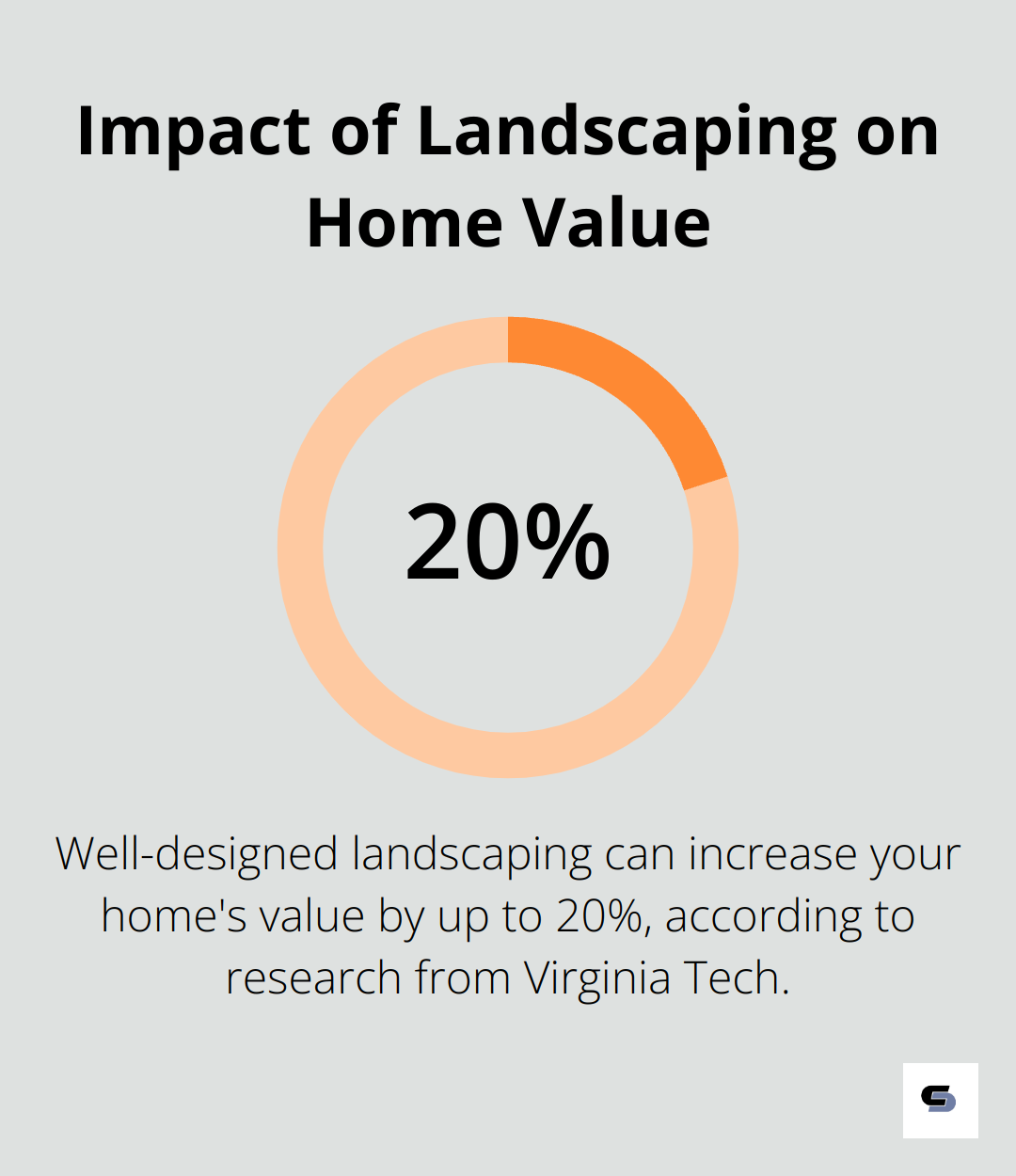
Add definition to your yard with edging and mulch. Install outdoor lighting to highlight your home’s best features and improve security. Solar-powered landscape lights offer an eco-friendly option (costing around $20 to $100 per light).
Update Your Front Door
Your front door serves as a focal point for your home’s exterior. A new door can significantly impact your home’s kerb appeal and energy efficiency. Try bold colours like red or navy to create a striking contrast against neutral siding.
fibreglass doors offer durability and energy efficiency, with prices ranging from $150 to $5,000. They resist warping and denting, making them a low-maintenance option for high-traffic entryways.
Final Thoughts
A 1970 house renovation blends nostalgia with modern living. We transform these unique homes by preserving character and incorporating contemporary updates. Our team opens up living spaces, modernises kitchens and bathrooms, and upgrades systems to create homes that meet today’s standards while honouring their original charm.
Energy-efficient windows, updated roofing, and fresh exterior paint improve aesthetics and boost home performance. Each 1970s home has its own story and unique features, so we approach every renovation with a tailored plan. Complex renovations often benefit from professional expertise (which is where we come in).
At Cameron Construction, we specialise in transforming 1970s homes into stunning, functional spaces. Our experts help you navigate the challenges of renovating an older home. We ensure every update adds value and enhances your living experience, turning your 1970s house into a modern masterpiece.

